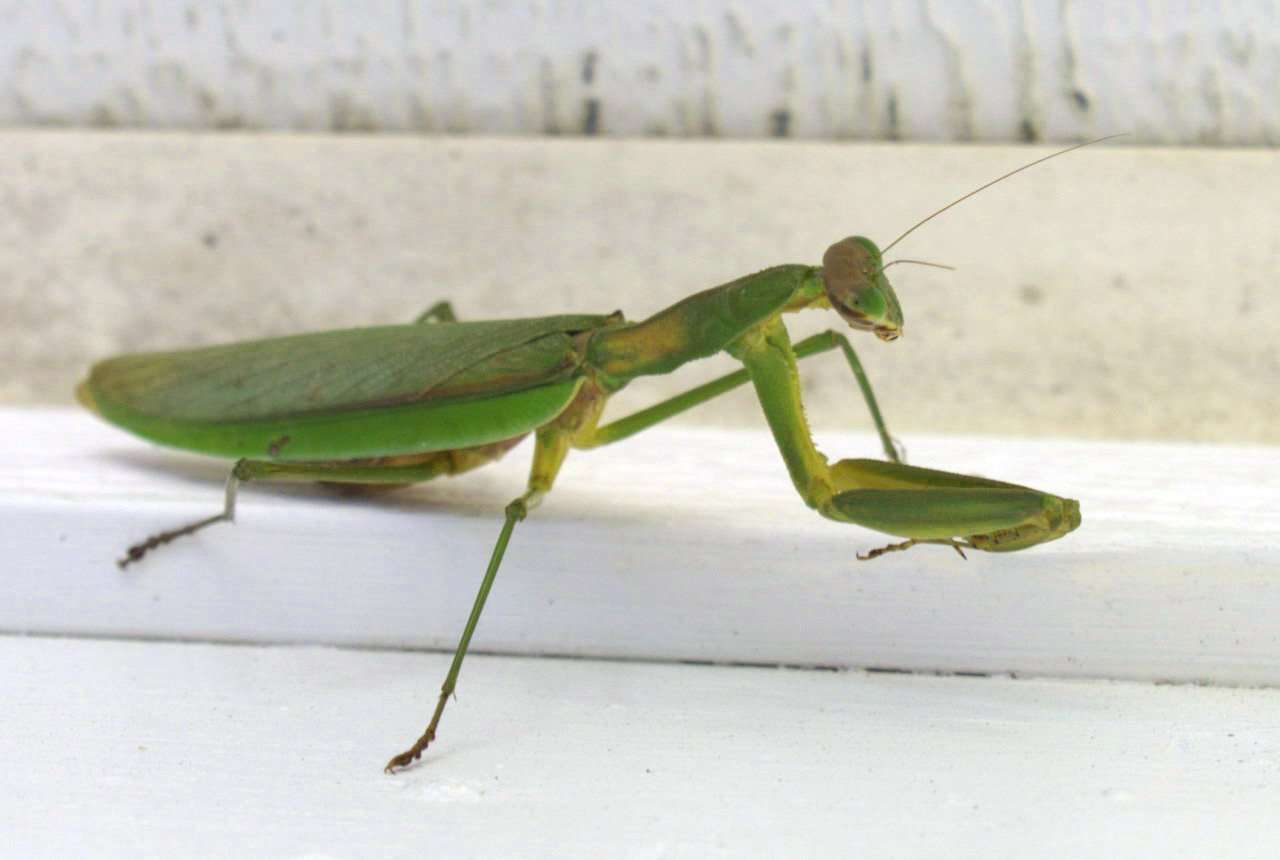
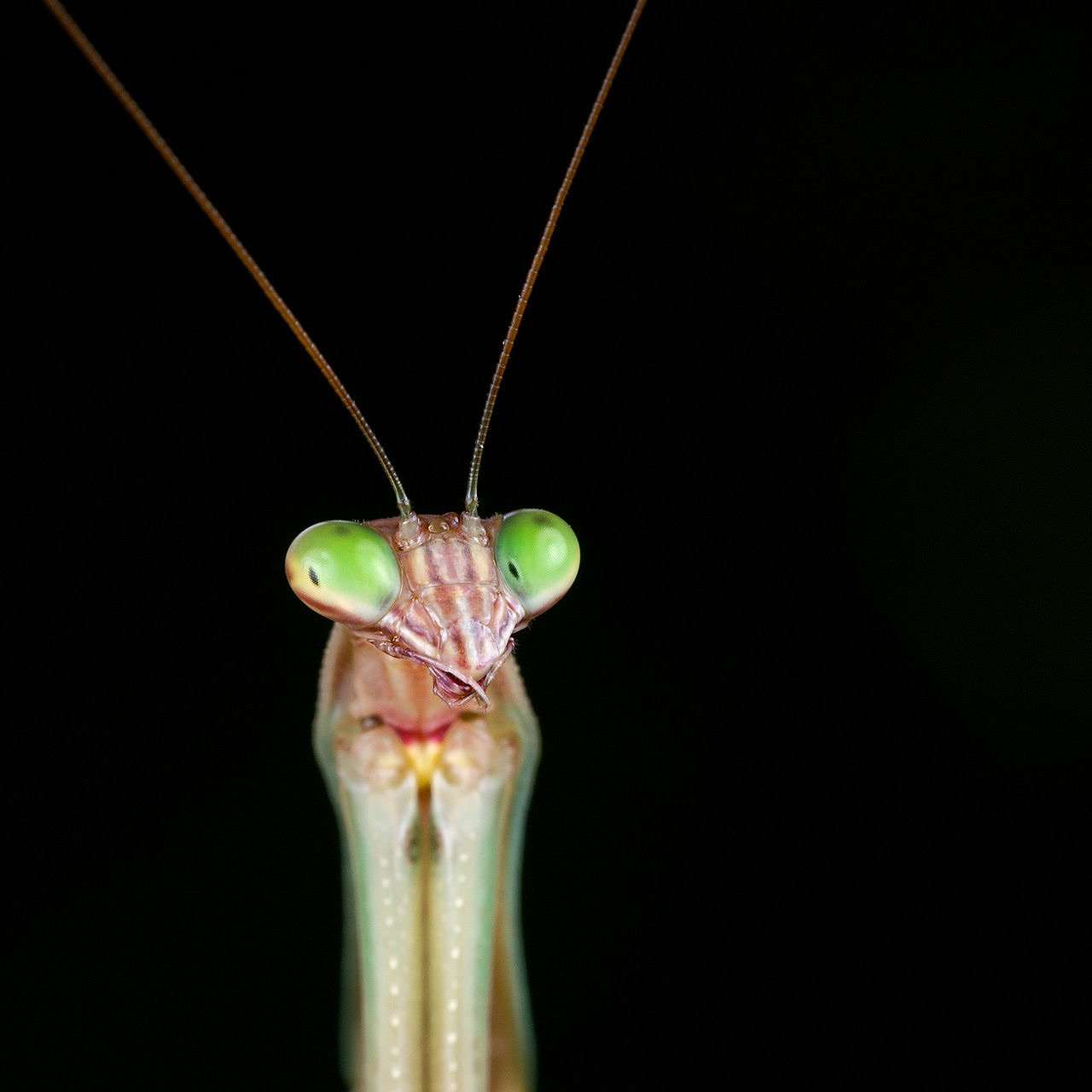
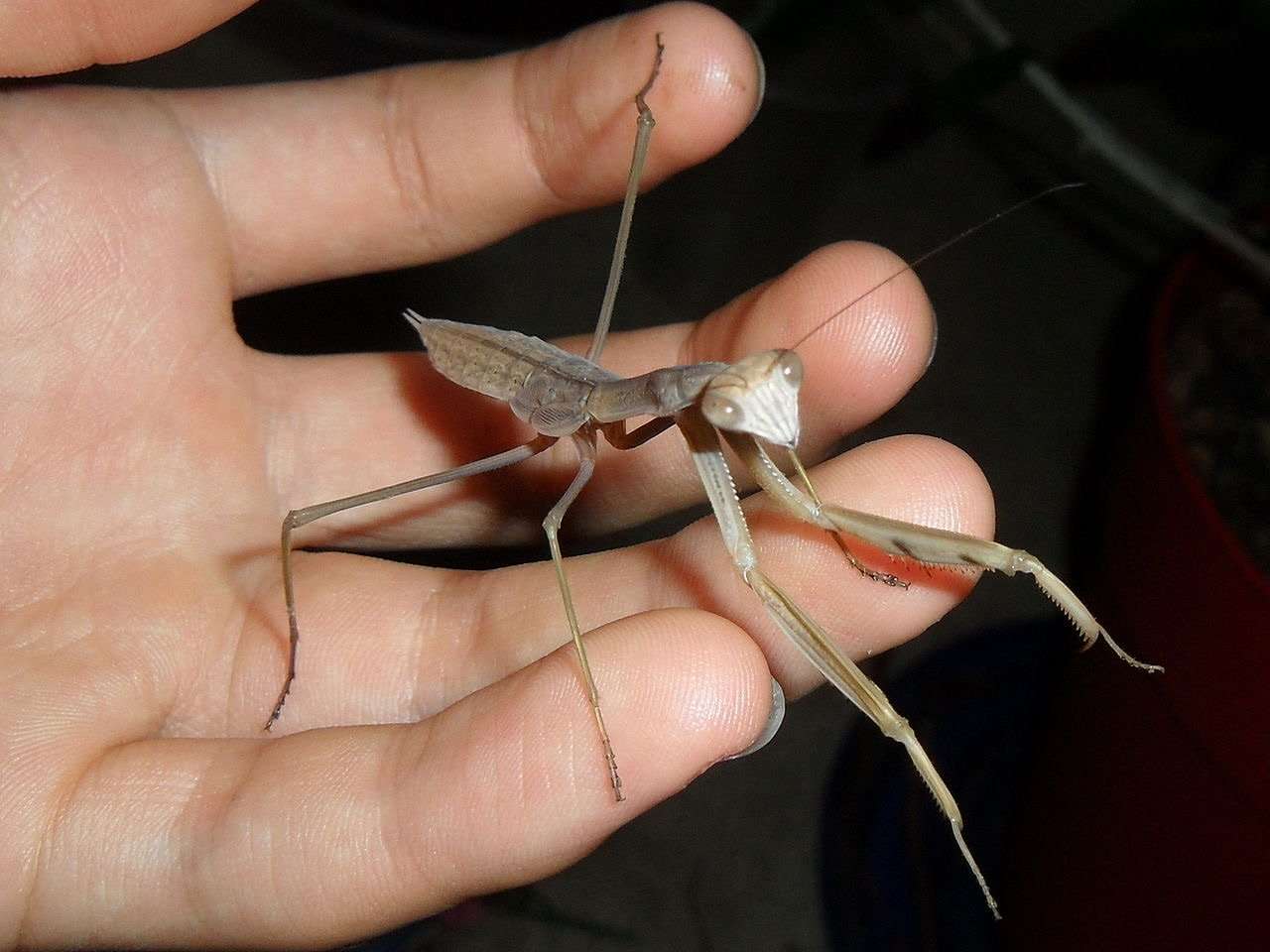
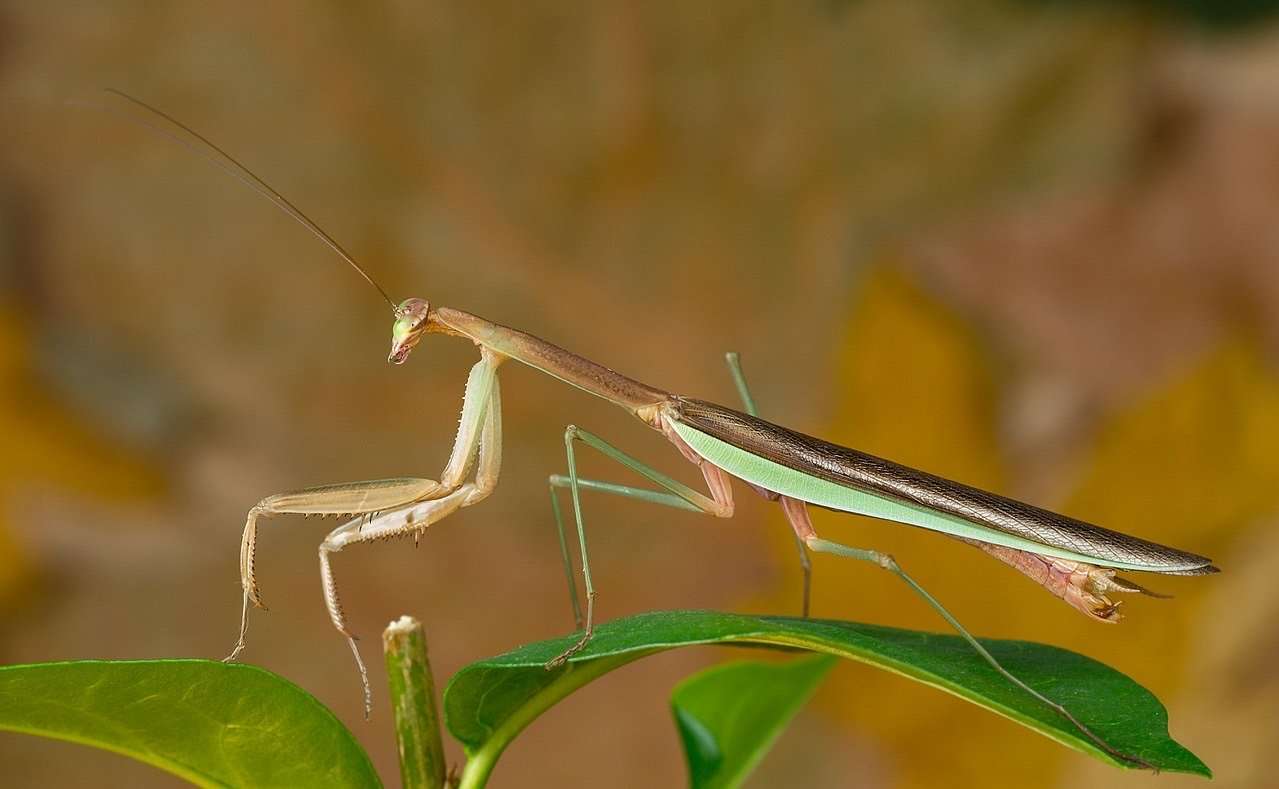
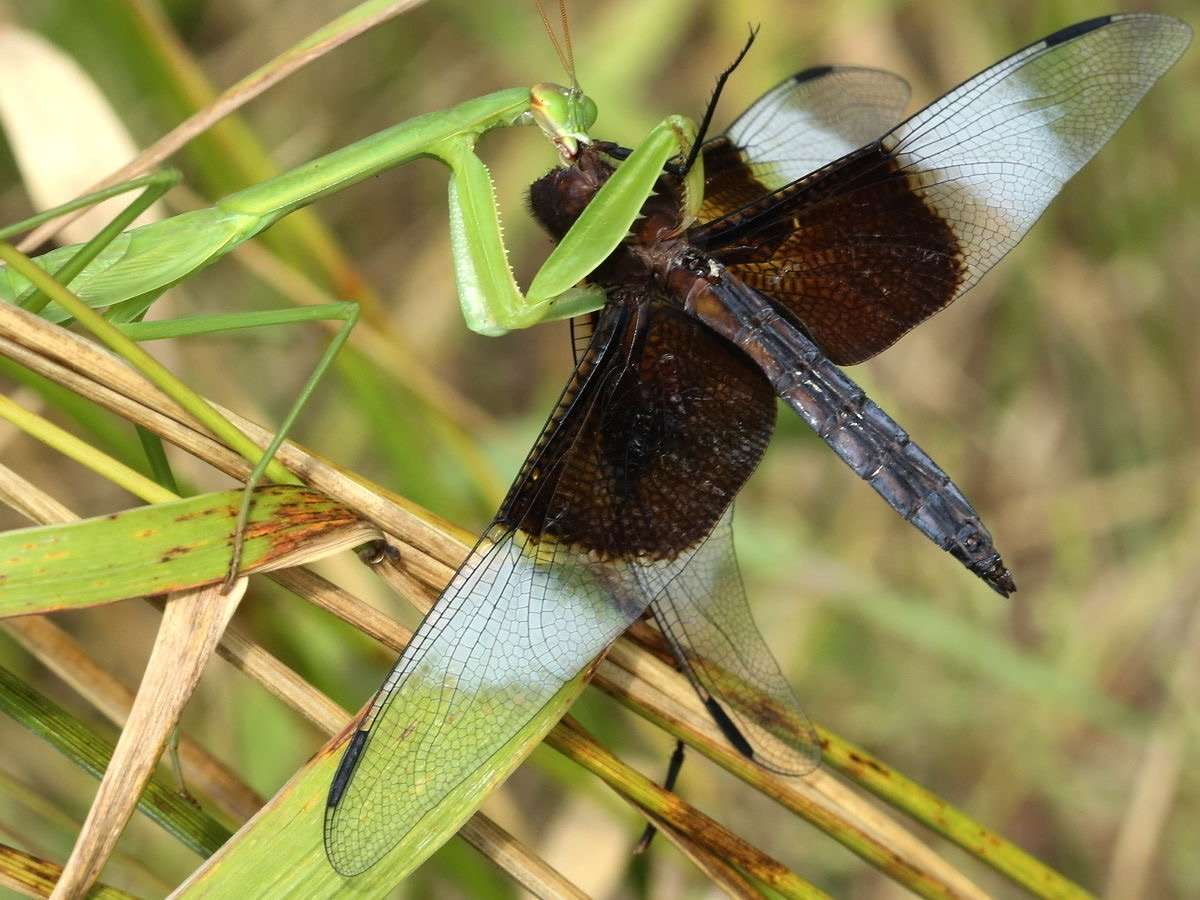
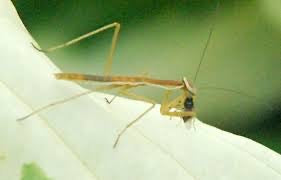
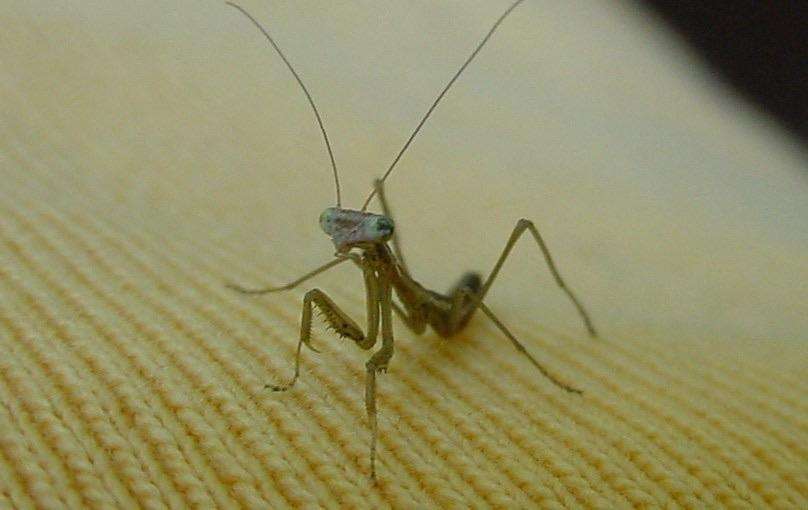
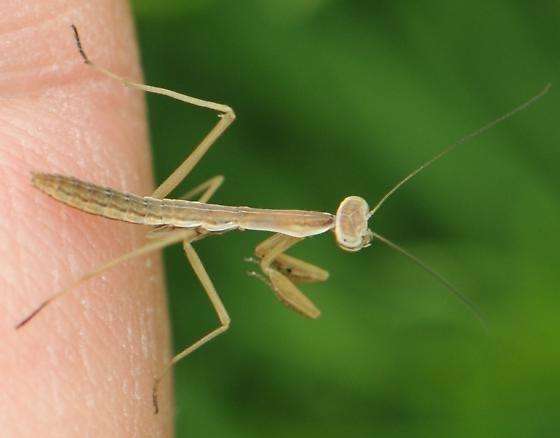

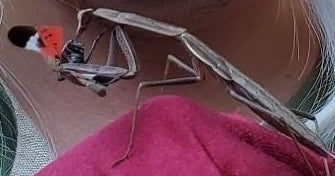
Chinese Mantis Live Nymphs T sinesesis pest control
$25.00 - $75.00
Chinese mantis Tenodera sinensis. Live nymphs for sale. for sale they are domestic species which we collect in the fields here in New York State. They are wonderful animals and can be great pets as well as help control unwanted insects in the garden.
Adults from September till November! We occasionally offer wild caught adult females and these are gravid (Mated and pregnant) and can lay 5or 6 ooths without mating again.
Great pets, easy care and tons of educational fun!
Check our our mantis kits and ooths for sale!
The Chinese mantis is a long, slender, brown and green praying mantis. It is typically longer than other praying mantisspecies reaching just over 11 cm (4.3 in), and is the largest mantis species in North America (spread throughout the Northeast United States). Its color can vary from overall green to brown with a green lateral stripe on the borders of the front wings in the brown color form. In low light the eyes of the mantis appear black, but in daylight appear to be clear, matching the color of the head. Chinese mantids look similar to another mantis species that has been introduced to the United States, the narrow-winged mantid(Tenodera angustipennis). Tenodera sinensis and Tenodera angustipennis are similar in appearance, however you can tell them apart by locating a spot in between their front legs. If it is yellow then it is a Chinese mantis but if it is orange then it is a narrow-winged mantis. The female can produce several semi-spherical oothecae, roughly 2 cm (0.8 in) in diameter, containing up to 400 eggs. The oothecae are often affixed to vegetation such as bushes and small trees.










